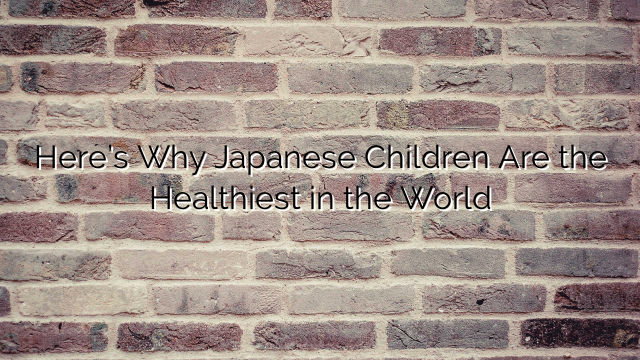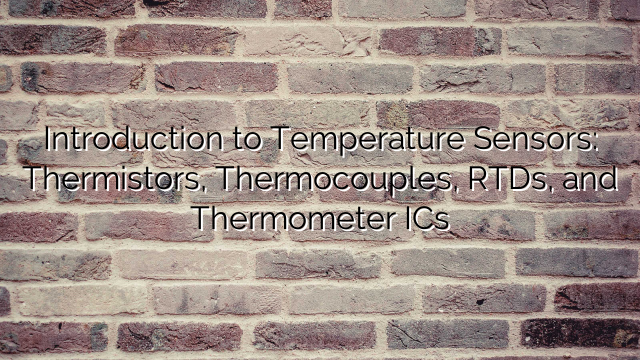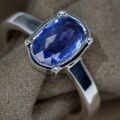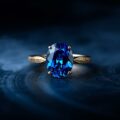What is Petrified Wood?
Petrified wood is a fossil. It forms when plant material is buried by sediment and protected from decay due to oxygen and organisms. Then, groundwater rich in dissolved solids flows through the sediment, replacing the original plant material with silica, calcite, pyrite, or another inorganic material such as opal. The result is a fossil of the original woody material that often exhibits preserved details of the bark, wood, and cellular structures.
Some specimens of petrified wood are such accurate preservations that people do not realize they are fossils until they pick them up and are shocked by their weight. These specimens with near-perfect preservation are unusual; however, specimens that exhibit clearly recognizable bark and woody structures are very common.
Petrified Forest National Park
The most famous locality for observing petrified wood is Petrified Forest National Park near the community of Holbrook in northeastern Arizona. About 225 million years ago, this area was a lowland with a tropical climate and covered by a dense forest. Rivers flooded by tropical rain storms washed mud and other sediments into the lowlands. Enormous coniferous trees up to 9 feet in diameter and 200 feet tall lived and died in these lowlands. Fallen trees and broken branches were often buried by the river sediments. Nearby volcanoes erupted numerous times. These eruptions blanketed the area in volcanic ash with a high silica content.
Rapid burial allowed the plant debris to escape destruction by oxygen and insects. The soluble ash was dissolved by groundwater flowing through the sediments. The dissolved ash served as a source of silica that replaced the plant debris, creating petrified wood. Trace amounts of iron, manganese and other minerals were included in the silica and gave the petrified wood a variety of colors. These sediments, plant debris, and volcanic ash became part of a rock unit known today as the Chinle Formation.
In the millions of years after the Chinle Formation was deposited, the area was uplifted and the rocks deposited above the Chinle were eroded away. The petrified wood is much harder and resistant to weathering than the mud rocks and ash deposits of the Chinle. Instead of eroding away, the wood accumulated on the ground surface as the surrounding mud rocks and ash layers were eroded away. That is why areas of the Park are covered with a litter of petrified wood trunks, branches and fragments. Today, visitors to the park can observe the petrified wood and photograph it; however, collecting petrified wood in the park is prohibited.
For more details: Data Management Solution Video Examples

























No Comments